Comet 3I/ATLAS - Unraveling the Mystery Behind the Alleged Alien Spaceship
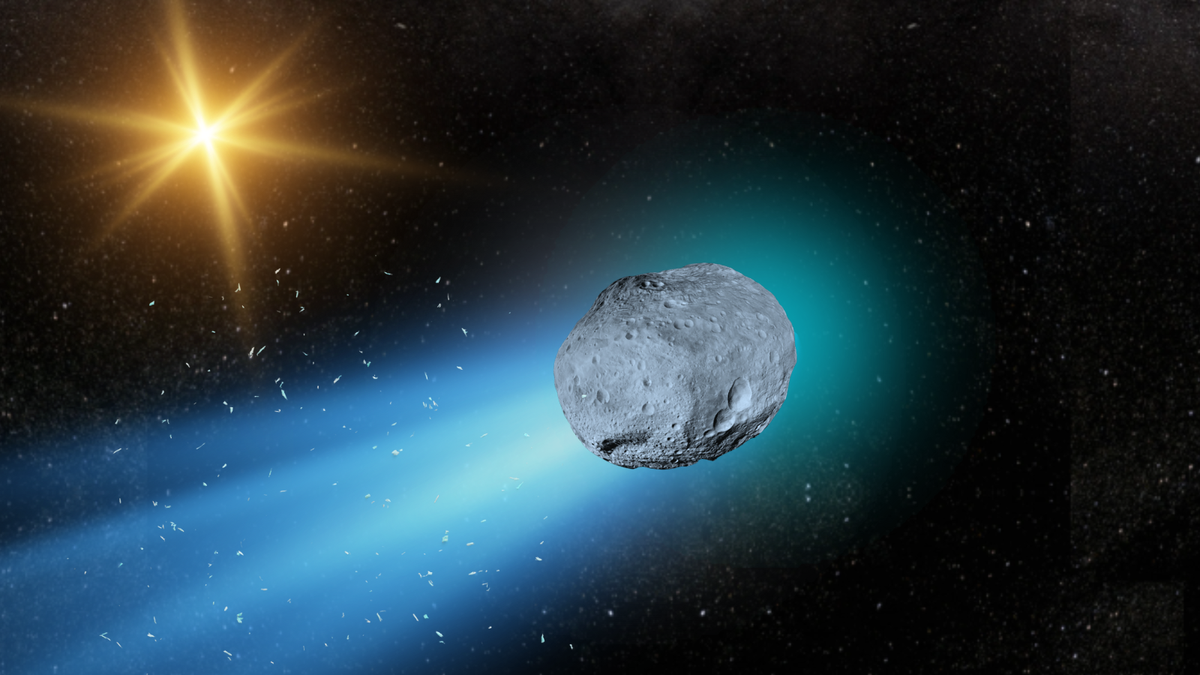
The Discovery of 3I/ATLAS
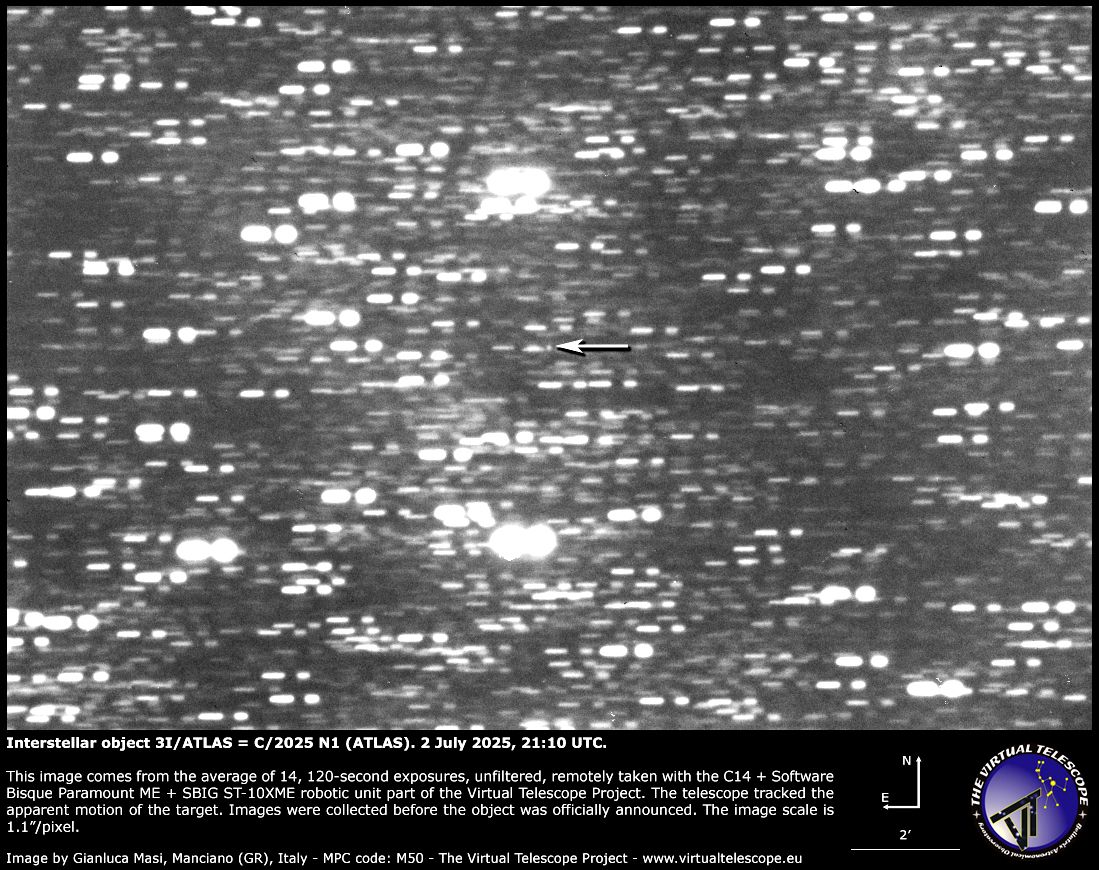
Imagine spotting a cosmic visitor from another solar system whizzing through our celestial neighborhood - sounds like science fiction, right? But that's exactly what happened this summer with the discovery of 3I/ATLAS, a comet that's left astronomers buzzing with excitement.
3I/ATLAS is only the third known interstellar object to be discovered passing through our cosmic backyard. The first two interstellar visitors were 'Oumuamua in 2017 and Borisov in 2019. These objects are like cosmic tourists, giving us a glimpse into the formation and composition of other star systems.
So, how do astronomers know 3I/ATLAS is from another solar system? The key lies in its orbital path. 3I/ATLAS follows a hyperbolic trajectory, meaning its path is curved like a wide-open umbrella, unlike the elliptical orbits of comets bound to our Sun. This unusual path is a dead giveaway that 3I/ATLAS isn't from around here.
What Makes 3I/ATLAS Special?
Astronomers are particularly interested in 3I/ATLAS because of its unique composition. Initial observations suggest it's a typical comet, with a long tail of gas and dust, but its exact origin and makeup are still shrouded in mystery.
As scientists continue to study 3I/ATLAS, they're learning more about the object itself and the star system it came from. With each new discovery, we're getting closer to unraveling the secrets of our celestial neighborhood's visitors.
The Alien Spaceship Hypothesis
Imagine spotting a spaceship hurtling through our solar system, its unusual shape and trajectory sparking whispers of extraterrestrial life. That's exactly what happened with Comet 3I/ATLAS, a mysterious visitor from the depths of space that caught the attention of astronomers and alien enthusiasts alike.
Harvard astrophysicist Avi Loeb wasn't shy about speculating that 3I/ATLAS could be something out of this world – literally. He suggested it might be "hostile" alien technology, sending the internet into a frenzy. Loeb's hypothesis was based on the comet's peculiar behavior, including its unusual acceleration and trajectory.
However, not everyone was convinced. NASA and other experts quickly shot down the claim, pointing out that 3I/ATLAS's behavior is well within the realm of natural phenomena. According to them, the comet's strange features can be explained by its composition and trajectory. For example, its high carbon dioxide ice content would cause it to accelerate unevenly as it approaches the sun, creating the illusion of unusual movement.
Debunking the Alien Claim
So, what does the evidence say? Let's break it down:
- Unusual acceleration: Caused by uneven outgassing of frozen carbon dioxide
- High carbon dioxide ice content: Common in comets from the outer solar system
- Trajectory: Follows a predictable path, consistent with a comet's orbit
While the alien spaceship hypothesis makes for a great story, the consensus among experts is clear: 3I/ATLAS is just another comet doing its thing in the vast expanse of space.
Comet 3I/ATLAS: Unraveling the Mystery Behind the Alleged Alien Spaceship

What Makes 3I/ATLAS Unique
Comet 3I/ATLAS has been making headlines for its eerie resemblance to a mysterious alien spacecraft, but the truth behind this icy visitor from the depths of space is far more fascinating than fiction. Let's dive into what sets 3I/ATLAS apart from your average comet.
For starters, 3I/ATLAS has a peculiar composition - it's got a lot more carbon dioxide ice than water ice. To put that into perspective, most comets are primarily made up of water ice, with some darker organic material mixed in. But 3I/ATLAS is different. Its surface is rich in carbon dioxide ice, which is quite rare in comets originating from our solar system.
Another interesting aspect of 3I/ATLAS is its metal content. Scientists have detected metals like nickel and iron in its composition, which aren't unusual in comets. However, the presence of these metals does give us clues about the comet's origins and its journey through the galaxy.
So, does 3I/ATLAS's unusual composition and metal content make it a candidate for an alien spaceship? Not quite. One key factor debunks the spaceship theory: its trajectory. According to scientists, 3I/ATLAS's path is consistent with an interstellar comet, not a spacecraft. It's been traveling through the vast expanse of space for millions of years, long before humanity had any interest in space exploration.
Here are some key points that summarize what we know about 3I/ATLAS:
- 3I/ATLAS has a high concentration of carbon dioxide ice.
- It contains metals like nickel and iron.
- Its trajectory suggests it's an interstellar comet, not a spaceship.
While 3I/ATLAS might not be an alien spacecraft, its unique composition and interstellar origins make it a fascinating subject for scientists and space enthusiasts alike.
The Perihelion Test
On October 29, 2025, Comet 3I/ATLAS made its closest approach to the sun, a moment of truth for scientists and alien enthusiasts alike. As the comet whipped past the sun, some speculated that it might behave erratically, fueling the "alien spaceship" hypothesis that had been circulating online.
But 3I/ATLAS didn't oblige. Instead, it performed exactly as expected, its behavior consistent with other comets that have made close approaches to the sun. The comet's surface temperature soared, causing its icy surface to vaporize and create a bright tail of gas and dust.
Scientists were thrilled to observe this spectacle, as it provided valuable insights into the comet's composition and behavior. By analyzing the light emitted by the comet, researchers were able to identify the presence of various molecules, including water, methane, and other organic compounds. These findings shed new light on the comet's origins and evolution.
The perihelion event was a crucial moment for scientists, offering a unique opportunity to study the comet's properties up close. Here are some key takeaways:
- The comet's surface temperature reached as high as 1,000°C (1,832°F) during its closest approach.
- The comet's tail stretched over 1 million kilometers (621,371 miles) across space.
- The data collected during the event will help scientists better understand the comet's composition and structure.
While the "alien spaceship" hypothesis may have been a tantalizing idea, the science tells a more fascinating story – one of celestial bodies, ancient origins, and the wonders of our universe.
The Significance of 3I/ATLAS

Imagine a mysterious visitor from another star system, hurtling through our cosmic neighborhood, and giving scientists a rare glimpse into the unknown. That's exactly what Comet 3I/ATLAS is - a fascinating discovery that's got astronomers buzzing with excitement.
A Rare Find
3I/ATLAS is one of only three interstellar objects detected entering our solar system. To put that into perspective, we've spotted thousands of asteroids and comets within our own cosmic backyard, but objects from other star systems are like needles in a haystack. This rarity makes 3I/ATLAS a prized find for scientists eager to learn more about the universe beyond our Sun.
Insights into the Universe
Studying comets like 3I/ATLAS can provide valuable insights into the formation and composition of our solar system. By analyzing its chemical makeup and behavior, scientists can gain a better understanding of how our own solar system evolved. For example, the presence of certain organic compounds could suggest that the building blocks of life are widespread in the universe.
Implications for Extraterrestrial Life
The study of interstellar objects like 3I/ATLAS also has implications for the search for extraterrestrial life. If we can detect objects from other star systems, it's possible that some of these objects could be carrying life forms or evidence of life. It's a tantalizing prospect that keeps scientists searching the skies for answers.
- Insights into the formation and composition of our solar system
- Understanding the possibility of extraterrestrial life
- A glimpse into the unknown universe beyond our Sun
Debunking the Conspiracy Theories

The internet's been buzzing with wild claims about Comet 3I/ATLAS, with some folks even suggesting it's an alien spaceship cruising through our solar system. But let's get real – there's zero evidence backing up these out-of-this-world theories.
The comet's behavior and composition are totally in line with what we know about comets. It's a big ball of ice and dust, and its trajectory's exactly what you'd expect from a comet swinging through the inner solar system. Scientists've been studying it closely, and there's nothing unusual going on.
What's Really Going On?
Comet 3I/ATLAS is a long-period comet, meaning it takes a looong time to orbit the Sun – probably thousands of years. It's got a highly elliptical orbit, which is why it's only just now entering our cosmic neighborhood. Scientists are stoked to study it, not because it's an alien spaceship, but because it can tell us a lot about the early days of our solar system.
So, how do we know what's going on? Scientists rely on evidence-based research and observation to understand celestial objects. They use a range of tools, from telescopes to spectroscopy, to analyze the comet's composition and behavior. And guess what? Everything about 3I/ATLAS says it's a perfectly normal comet.
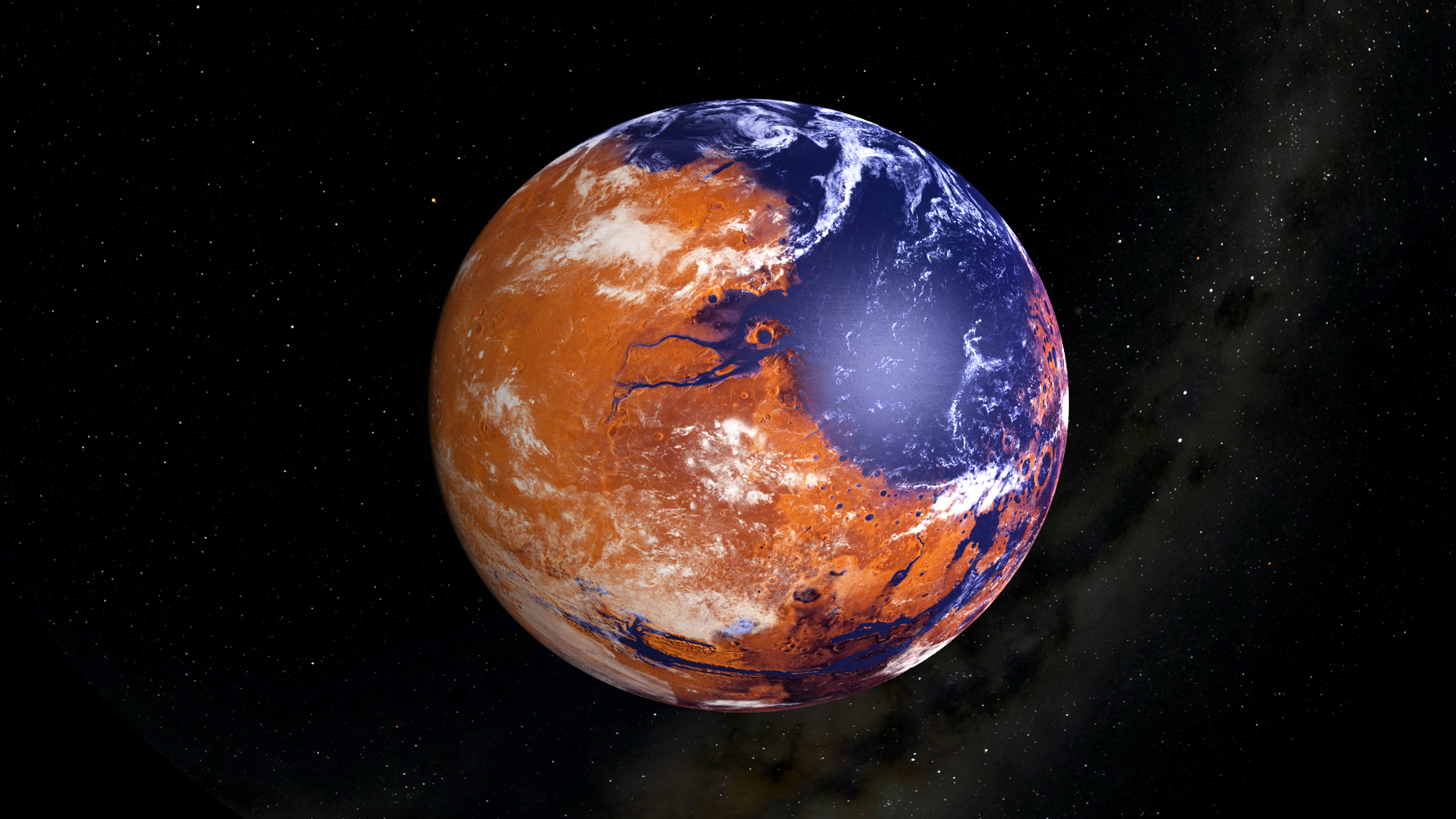
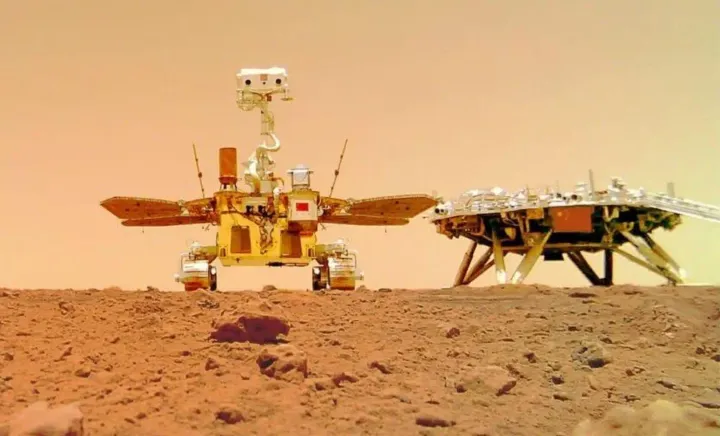
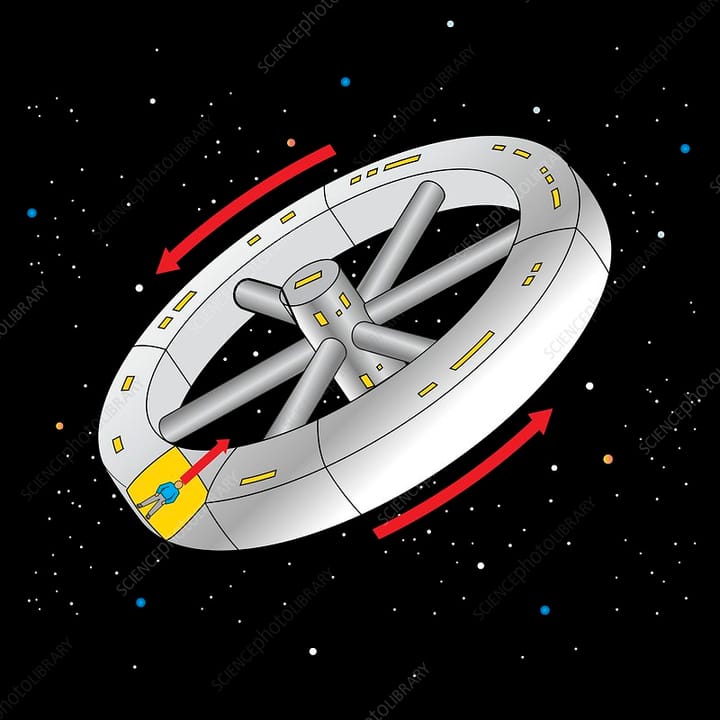
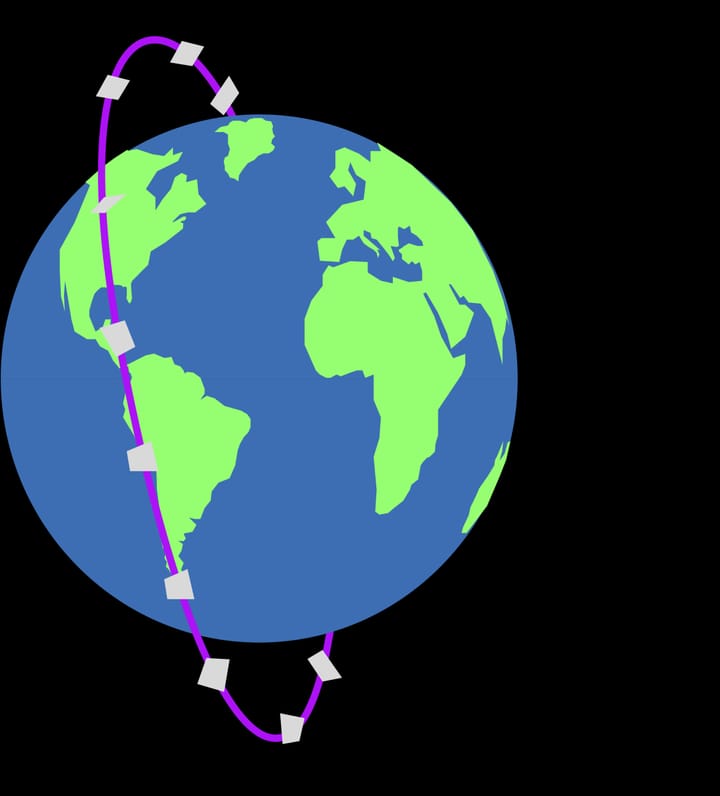













Comments ()